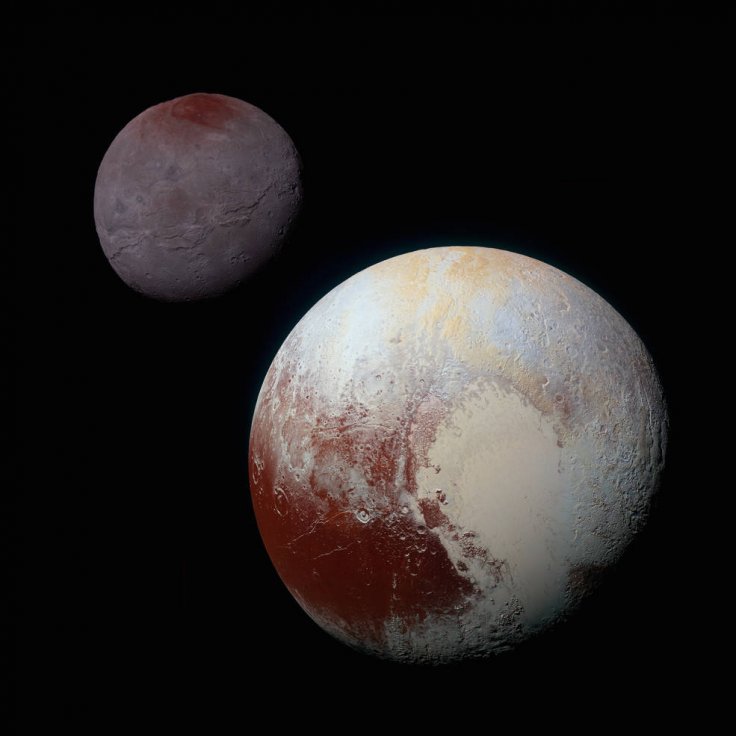
It was in 2006 that the International Astronomical Union (IAU) controversially demoted Pluto to a dwarf planet. After demoting Pluto, IAU revealed that there are only eight planets in the solar system. But now, Jim Bridenstine, the NASA chief has suggested that Pluto should be promoted as a planet again. He made these remarks while speaking at the International Astronautical Congress in Washington DC on Friday.
"I am here to tell you, as the NASA Administrator, I believe Pluto should be a planet. I like there being nine planets, how about that?" said Bridenstine during his speech. This is not the first time that Bridenstine is raising his voice to promote Pluto as a planet again. A couple of months ago, during a speech at Colorado, the former Oklahoma Congressman expressed his wish to name Pluto as a planet in the solar system.
"Just so you know, in my view, Pluto is a planet. You can write that the NASA administrator declared Pluto a planet once again. I'm sticking by that, it's the way I learned it and I'm committed to it," said Bridenstine.
Apart from Bridenstine, several space scientists also believe that Pluto should be considered a planet, and not a dwarf. However, popular American physicist Neil deGrasse Tyson strongly believes that Pluto violates basic characteristics of a planet. Tyson made these remarks while talking with CBS' Major Garrett a few months ago. "Pluto is one-fifth the mass of our Moon. It clearly crosses the orbit of Neptune. This is just bad behavior for a planet," claimed Tyson.
As per the IAU, a space body will be given the planetary status only if it has cleared its neighborhood around its orbit, which clearly means that this space body should be the largest gravitational force in its orbit.
Pluto was discovered by Clyde Tombaugh in 1930 as the ninth planet from the Sun in the Kuiper belt, a ring of bodies beyond Neptune. It was the first Kuiper belt object to be discovered and is the largest known plutoid (or ice dwarf). In 2005, Eris, another dwarf planet, 27% more massive than Pluto, was discovered, forcing the International Astronomical Union (IAU) to exclude Pluto and reclassify it as a dwarf planet.
It is the ninth-largest and tenth-most-massive known object directly orbiting the Sun made of ice and rock and is one-sixth the mass of the Moon and one-third its volume. It has five known moons -- Charon, Styx, Nix, Kerberos, and Hydra. The New Horizons spacecraft performed a flyby of Pluto on July 14, 2015, measuring the dwarf planet and its its moons.









